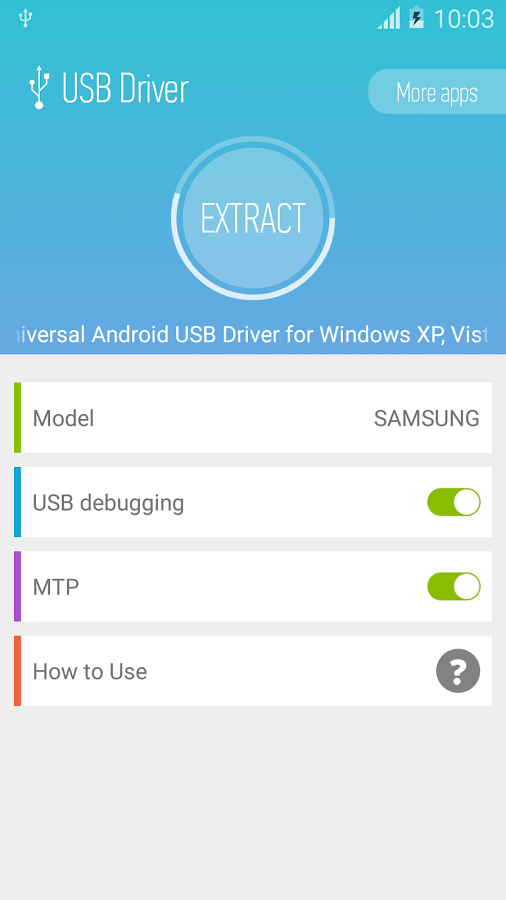

Once the dialog is open, enter your search term, select what structures you want searched (keys, values, data), and click “Find Next”. Nicole Ibrahim has conducted research about MTP devices as a series of blog posts, which can be found at. Check your computer forensic tool feature list for such functions. However, there are some forensic tools that can reveal such connected devices. What we want to conclude from this brief discussion is that USB devices connected through a MTP connection do not leave traces on the previously mentioned USB storage device registry keys. If Windows ® requests a file, the phone will respond by sending the file over the MTP connection. Instead the Android device will only allow Windows ® to have access to a short list of media files that Windows ® can see. For example, when an Android smartphone is connected to a computer running Windows ® using the MTP, the Android device will not expose its contents to Windows ® as USB mass storage, allowing it to have access to its raw file system. New Android versions, Windows phones, and Blackberry all use this protocol, which does not leave traces in Windows registry keys we already talked about. Some modern USB devices use a media transfer protocol (MTP) when connecting with computers. Note that not all USB devices are connected and leave traces in Windows registry as we already described. The second date appears: Created Date represents the last time that the same device was attached to the system. This date does not change when the same device is repeatedly reinserted.

6.49, the Last Plug/Unplug Date represents the first time that the device was connected to the system. Using USBDeview to view USB hard drive artifacts.


 0 kommentar(er)
0 kommentar(er)
